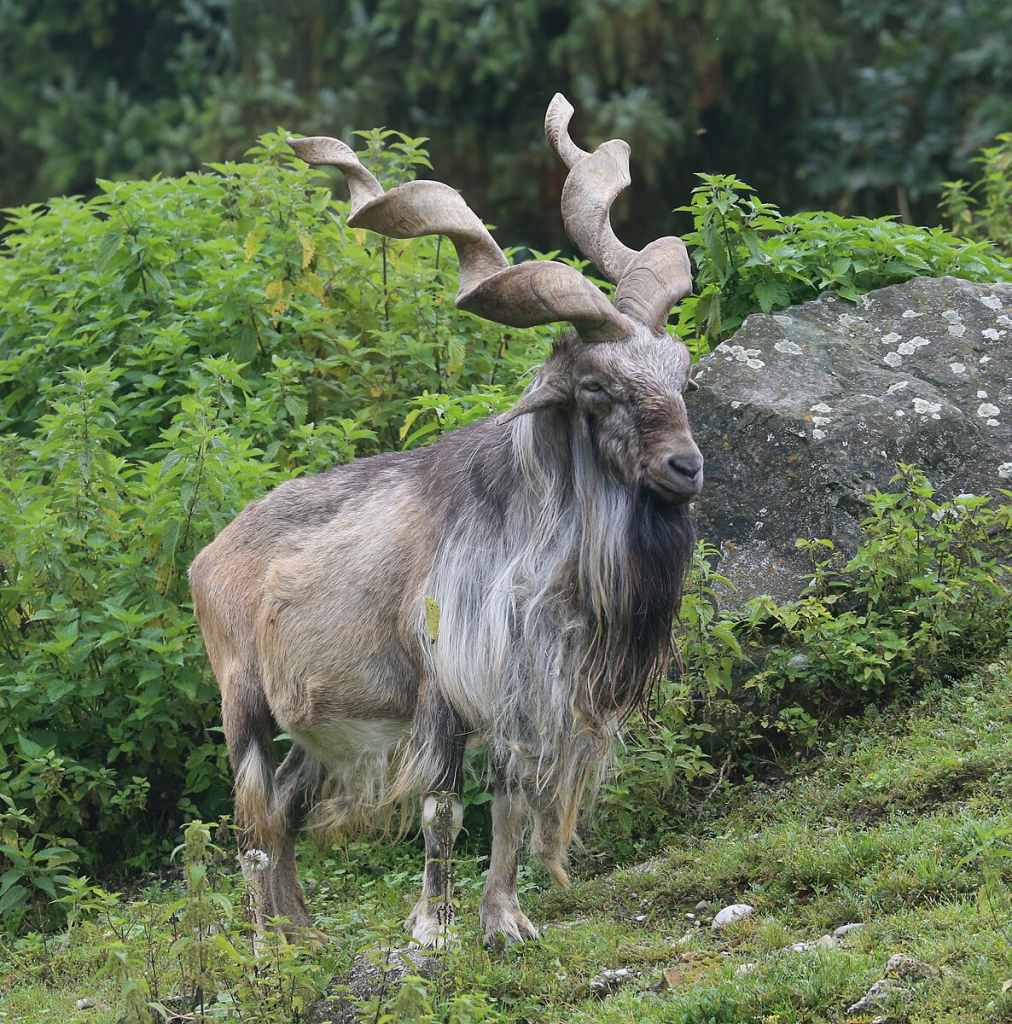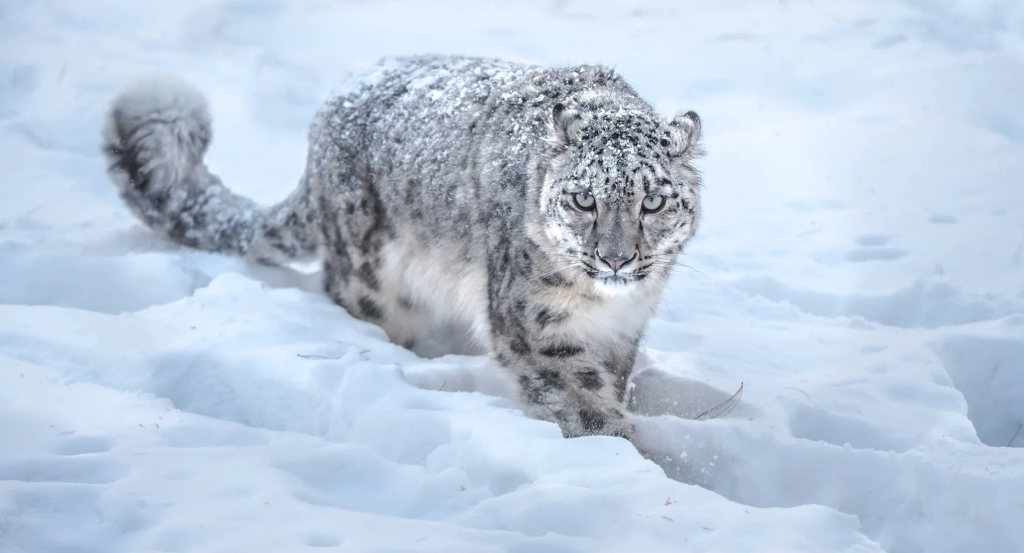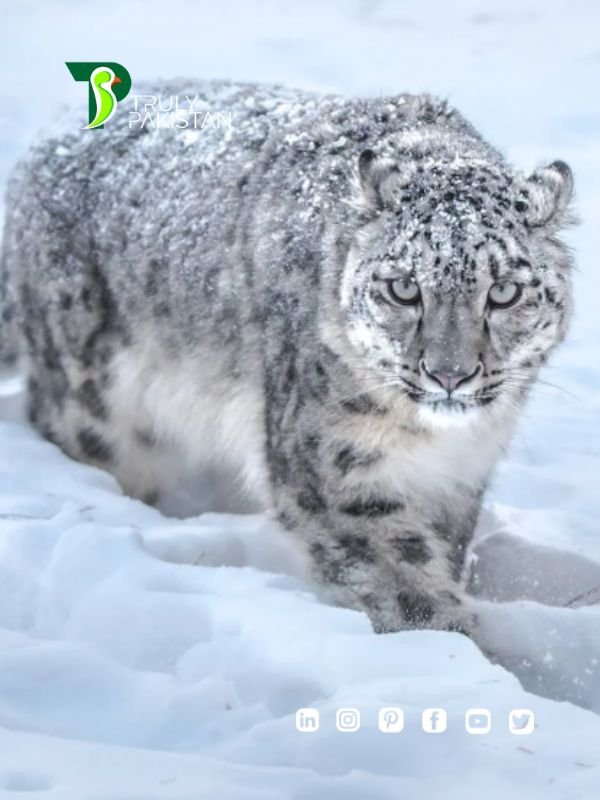Conservation of wildlife in Pakistan, challenges, success stories, and future path


Pakistan holds rich biodiversity across mountains, deserts, rivers, and coasts. Protecting it is not only about saving animals, it is also about food security, climate resilience, and livelihoods. This guide gives you a fast, clear picture of what is happening on the ground, which species need help, what is working, and where you can contribute.
Current state of conservation of wildlife in Pakistan
Pakistan is home to iconic species such as the markhor, snow leopard, Indus river dolphin, green turtles, and Himalayan brown bear. Conservation outcomes vary by region, by species, and by capacity of local institutions. Progress exists, yet threats remain serious in high pressure habitats and along development corridors.
Biodiversity overview and key statistics for conservation of wildlife in Pakistan
- Hundreds of native species across mammals, birds, reptiles, and freshwater life, with multiple species classified as threatened on the IUCN Red List.
- A growing network of protected areas that includes national parks, wildlife sanctuaries, game reserves, and Ramsar wetlands, details in national inventories.
- Community conservancies in northern regions where local people share in tourism and conservation revenue, often coordinated with WWF Pakistan and the Snow Leopard Foundation.
Protected areas and national parks network for conservation of wildlife in Pakistan
Protected areas are expanding and now cover a meaningful share of land and key wetlands. Results are strongest where plans link park management, community incentives, and species monitoring. Weak enforcement and fragmented funding still limit outcomes in several provinces.
Recent policy developments and legal framework tied to conservation of wildlife in Pakistan
Wildlife protection relies on provincial acts, federal coordination, and international commitments such as CITES. Implementation quality differs by province. New amendments, digital reporting tools, and court backed actions are improving accountability in some hotspots. For official policy texts and updates, see the Ministry of Climate Change.
Endangered species and their conservation in Pakistan
The following species show how diverse strategies can work when science, funding, and community buy in align.
Markhor, a recovery case for conservation of wildlife in Pakistan


Community managed conservancies and regulated trophy permits created direct financial incentives for local protection. Over time, markhor sightings and population estimates improved in parts of Gilgit Baltistan and Khyber Pakhtunkhwa. Revenue sharing, ranger capacity, and transparent quota setting remain essential for long term credibility.
Snow leopard, community protection and corridors for conservation of wildlife in Pakistan
Human wildlife conflict drops when households receive livestock insurance, predator safe corrals, and income from nature based tourism. Corridor planning connects high altitude habitats across ranges. Learn more from the Snow Leopard Trust and partners in Pakistan.
Indus river dolphin, freshwater focus within conservation of wildlife in Pakistan


Flow management, fishing gear reforms, and rescue networks help reduce dolphin strandings in irrigation canals. Protection improves when provincial wildlife departments coordinate with irrigation authorities and local communities along the Indus.
Other threatened fauna within conservation of wildlife in Pakistan
- Indian pangolin, targeted by illegal trade, needs stronger anti trafficking action and community surveillance.
- Punjab urial, benefits from guarded community areas and science based quotas where applied.
- Marine turtles, require beach protection, lighting controls, and bycatch reduction with coastal fishers.
Major threats to wildlife in Pakistan
Multiple pressures compound risk. Addressing them requires a mix of enforcement, incentives, and restoration.
Habitat loss and fragmentation affecting conservation of wildlife in Pakistan
Forest clearing, rangeland degradation, and unplanned development reduce habitat quality. Linear infrastructure can sever corridors if not designed with wildlife passages and buffers.
Climate stress across mountain and river systems within conservation of wildlife in Pakistan
Glacial changes, heat waves, and shifting river regimes alter prey availability and plant communities. Adaptive management plans and water stewardship are now core to species survival.
Poaching, illegal trade, and weak enforcement that hinder conservation of wildlife in Pakistan
High value species face targeted poaching. Better intelligence, community informant networks, digital crime reporting, and swift prosecution improve deterrence.
Human wildlife conflict in rural landscapes tied to conservation of wildlife in Pakistan
Livestock losses and crop damage drive retaliatory killing. Insurance schemes, rapid compensation, and predator proof corrals reduce conflict and build tolerance.
Quick reference, key terms that support conservation of wildlife in Pakistan
Community based conservation Local communities share rights and revenue, they protect wildlife because benefits are real and visible. CITES An international agreement that regulates trade in endangered species, it helps curb illegal trafficking. Protected area management plan A site specific plan with zoning, staffing, monitoring, and budgets, it guides daily decisions and long term goals. Wildlife corridor A connected route that lets animals move safely between habitats, it maintains gene flow and resilience.
Conservation strategies and models in Pakistan
Different conservation models operate side by side in Pakistan. Each approach has strengths and weaknesses, but together they shape a broader framework for species survival and ecosystem stability.
Community based conservation within conservation of wildlife in Pakistan
Community conservation projects in Gilgit Baltistan and Chitral link wildlife protection with real income. Locals receive revenue shares from tourism and managed trophy hunts, making conservation a profitable choice rather than a burden. Studies show that households that benefit are more willing to prevent poaching and habitat destruction.
Trophy hunting programs and revenue sharing in conservation of wildlife in Pakistan
Although controversial, regulated trophy hunting has funded anti poaching patrols and supported local schools and clinics. The key lies in transparency, science based quotas, and strict monitoring. When implemented correctly, markhor and ibex populations have rebounded.
Government and international collaborations for conservation of wildlife in Pakistan
Federal and provincial wildlife departments work with donors and NGOs to design management plans. International partners such as the Global Snow Leopard Ecosystem Protection Program bring technical expertise and financing. Results are more durable when local enforcement is tied with international pressure and reporting requirements.
Role of NGOs and local communities in conservation of wildlife in Pakistan
Organizations such as WWF Pakistan, the Snow Leopard Foundation, and Pakistan Wildlife Foundation create awareness campaigns, monitor species, and train rangers. Local volunteers contribute as community scouts, spreading conservation norms in villages. Such multi level networks combine formal law with social acceptance.
Wildlife conservation organizations in Pakistan
Several institutions coordinate conservation efforts. Some are national, others global, but all have direct stakes in biodiversity outcomes.
WWF Pakistan and international NGOs in conservation of wildlife in Pakistan
WWF Pakistan runs flagship programs on snow leopards, river dolphins, and marine turtles. International NGOs such as WCS and IUCN provide research, funding, and policy advice. Together they cover both field conservation and advocacy at national level.
Snow Leopard Foundation and specialized groups in conservation of wildlife in Pakistan


The Snow Leopard Foundation focuses on predator prey balance, community insurance, and ecological corridor planning. Specialized marine NGOs focus on turtle nesting and mangrove restoration, while bird groups track migratory species along flyways.
Government wildlife departments working on conservation of wildlife in Pakistan
Provincial departments issue permits, manage parks, and run rescue centers. Their role is critical for enforcement and coordination with police and judiciary. Stronger budgets and training are needed for them to fulfill mandates effectively.
Academic and research institutions supporting conservation of wildlife in Pakistan
Universities and think tanks provide baseline surveys, GIS mapping, and socio economic research. Their data underpins management plans and helps identify gaps in enforcement or community participation.
Success stories and lessons learned from conservation of wildlife in Pakistan
Despite challenges, Pakistan has produced examples that are globally recognized as models of conservation success.
Markhor recovery in Gilgit Baltistan as a highlight of conservation of wildlife in Pakistan
From a few thousand individuals in the 1990s, markhor populations in parts of Gilgit Baltistan have more than doubled thanks to community conservation and controlled permits. The markhor now symbolizes how incentives can reverse decline.
Snow leopard protection in northern mountains for conservation of wildlife in Pakistan
Predator insurance schemes and eco tourism ventures reduced killings and increased tolerance. Remote sensing and camera trap projects funded by international partners have provided reliable data for policymaking.
Indus dolphin habitat conservation within conservation of wildlife in Pakistan
Fisher cooperatives, rescue networks, and public awareness reduced bycatch and canal entrapments. Populations in certain stretches of the Indus have shown stabilization after years of decline.
Marine turtle protection in Karachi as part of conservation of wildlife in Pakistan
WWF led beach patrols and hatcheries saved thousands of turtle hatchlings. Awareness programs in schools helped shift local behavior toward beach lighting and egg poaching.
The future of wildlife conservation in Pakistan
Looking ahead, Pakistan’s conservation path depends on balancing development with biodiversity priorities. Climate change, demographic pressure, and economic needs will test both laws and community capacity. Several forward-looking strategies can help secure progress.
Adapting to climate change in conservation of wildlife in Pakistan
Wildlife corridors, water stewardship, and high-altitude pasture management are now central to adaptation. Models predict shifting habitats for snow leopards and ibex, requiring dynamic management. Climate-smart agriculture and forest restoration also buffer ecosystems against rising stress.
Technology and data in conservation of wildlife in Pakistan
Satellite imagery, drones, and AI-based monitoring improve detection of poaching and track habitat change in real time. Data sharing between provinces, NGOs, and research groups strengthens evidence-based decisions. Tools like GIS maps and mobile reporting apps are already reshaping enforcement.
Sustainable tourism as a tool for conservation of wildlife in Pakistan
Eco-tourism creates direct financial incentives for locals. Controlled visitor access to parks and wildlife viewing supports both livelihoods and conservation. When visitors pay conservation fees transparently, communities see tangible benefits and continue protection.
Youth and public awareness campaigns for conservation of wildlife in Pakistan
Educational programs in schools, citizen science projects, and social media campaigns are key for building conservation ethics. Youth-led groups already play visible roles in tree planting, wildlife surveys, and beach cleanups.
FAQ: Conservation of wildlife in Pakistan
What is the importance of conservation of wildlife in Pakistan?
It protects biodiversity, maintains ecological balance, and supports food security, climate stability, and sustainable livelihoods.
Which animals are endangered in Pakistan?
Major endangered species include the snow leopard, Indus river dolphin, Indian pangolin, markhor (in some regions), urial, houbara bustard, and marine turtles.
What laws exist for conservation of wildlife in Pakistan?
Each province has its own wildlife act, supported by federal coordination and international conventions such as CITES. Recent amendments and digital reporting tools have strengthened enforcement.
How can individuals contribute to conservation of wildlife in Pakistan?
Support conservation NGOs, practice responsible tourism, reduce plastic use, and engage in awareness campaigns. Reporting illegal hunting or trade also helps enforcement agencies.
What are the success stories of conservation of wildlife in Pakistan?
Markhor recovery in Gilgit Baltistan, community-led snow leopard protection, Indus dolphin rescue networks, and marine turtle hatcheries in Karachi are standout cases.
Conclusion
Conservation of wildlife in Pakistan is a shared responsibility between government, NGOs, communities, and individuals. Progress is visible in success stories like the markhor and Indus dolphin, but challenges remain from habitat loss to climate change. With better data, stronger laws, and active citizen engagement, Pakistan can safeguard its unique biodiversity for future generations.
Related Post: Snow Leopard: The Ultimate Guide to Pakistan’s Elusive Mountain Ghost


Author: ZunNurain Khalid — Travel & Tourism Specialist, Founder of ExploreX Pvt. Ltd., and advocate for sustainable tourism in Pakistan. With over a decade of experience in digital marketing and destination branding, ZunNurain has worked extensively on promoting Pakistan’s natural and cultural heritage.


3 thoughts on “Conservation of Wildlife in Pakistan: Challenges & Success”